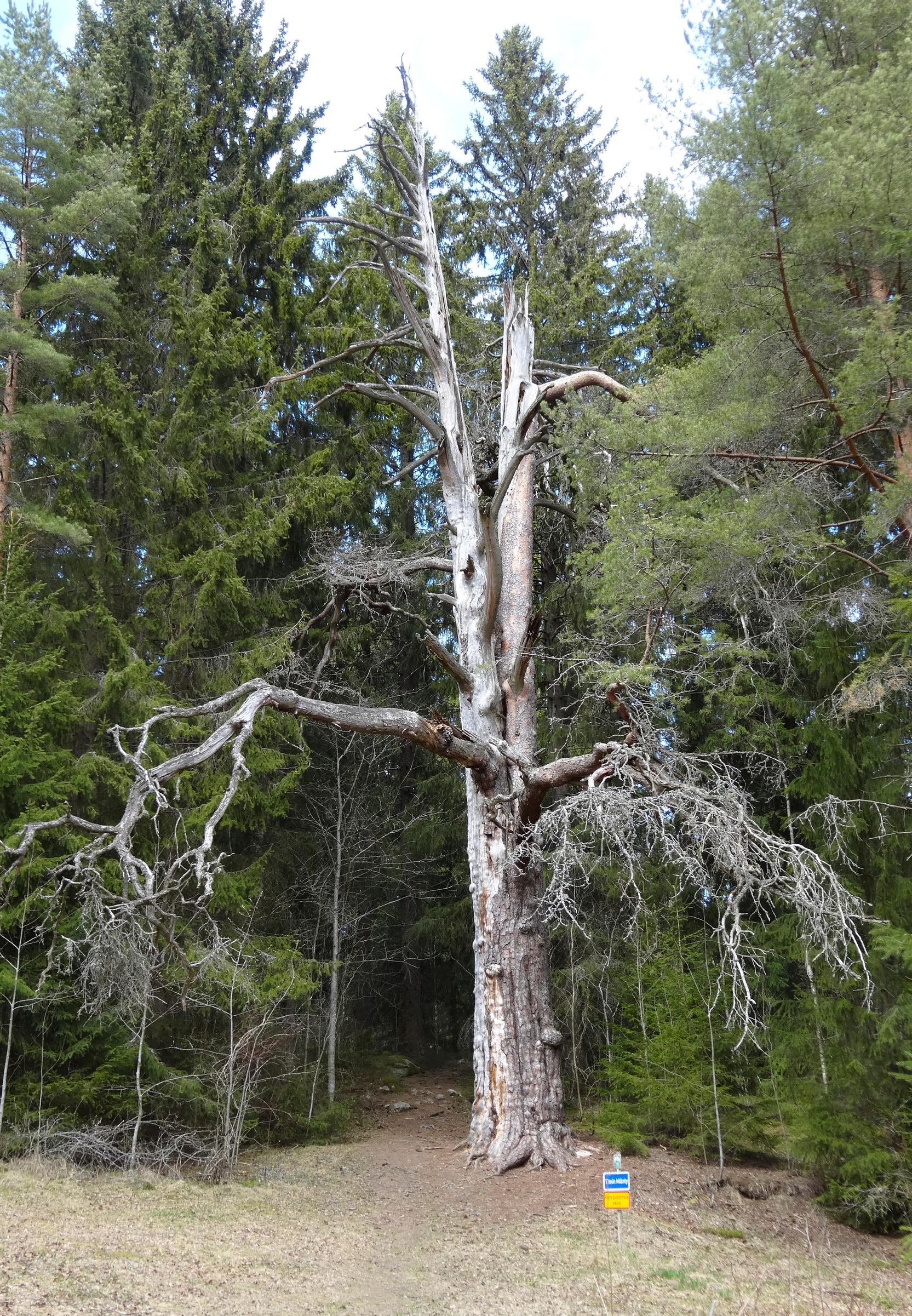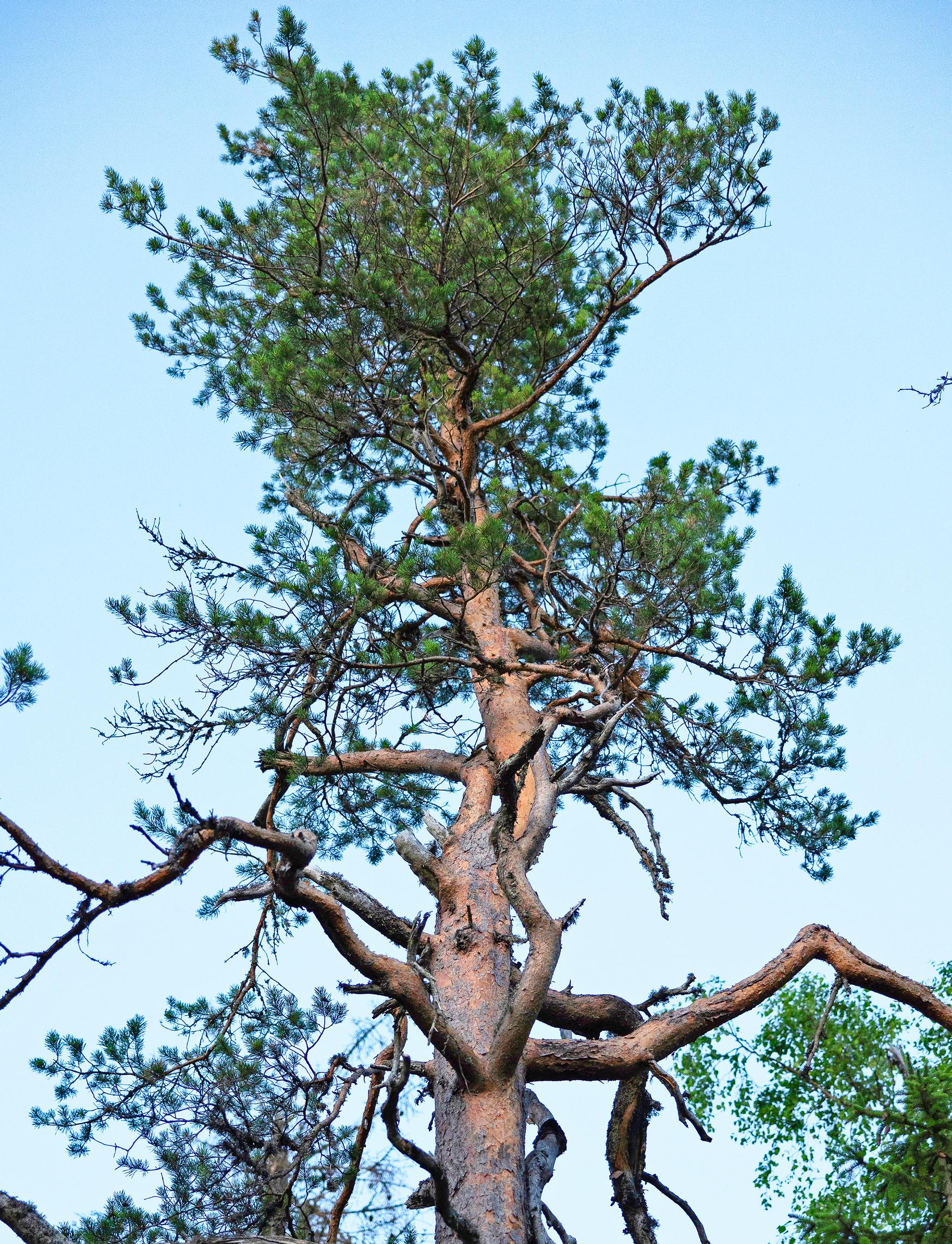
The pine tree is one of Finland's most resilient and beloved trees: plant a pine and enjoy year-round greenery
The pine tree needs plenty of sunlight to thrive but also tolerates dry conditions remarkably well, making it a drought-resistant pine tree. For the Chinese, it symbolizes friendship and stability; for some Indigenous peoples in North America, it represents peace and balance. For Finns, the pine is a guardian for both bears and humans.
Pine tree goes by many names in Finland—mänty, petäjä, honka. Beloved by many Finns, the pine tree’s resilience is in a league of its own. What other tree can thrive just as well on wind-swept coastal rocks as it does on fell slopes covered in rocky scree?
The pine tree in a garden
A Scotch pine tree (also known as Scots pine and Baltic pine) can live and flourish for hundreds of years, and it is not restricted to forests alone. The space beneath a pine is bright, and its canopy won’t cast too much shade, making it ideal for gardens. A pine adds dignity and permanence to the garden, along with timeless charm.
In Lapland, the Scotch pine is surpassed in popularity by a local subspecies, Pinus sylvestris Var. lapponica. It grows very slowly and develops a narrow canopy, which is why botanist Pentti Alanko recommends it even for small gardens.
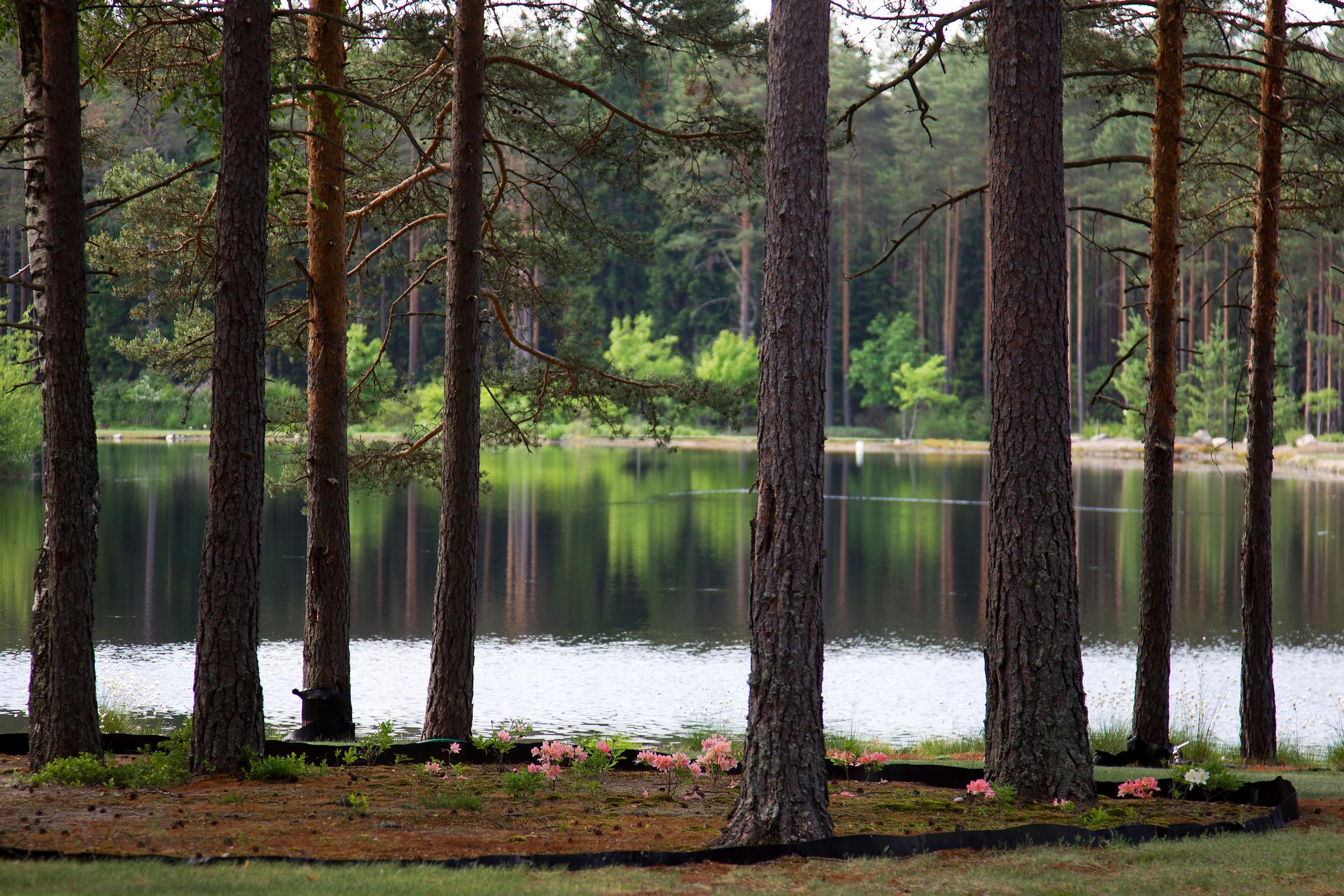
Scots pine, Pinus sylvestris
- monoecious
- pine blooms in May–June
- the male flowers stand upright
- the female flowers are initially upright, becoming pendant during the cone stage
- the inflorescence is a cone
- the canopy is broadly conical
- the needles, or leaves, are about five centimeters long, narrow, stiff, and they grow in pairs
- the buds are nearly free of resin, pointed, and light brown
- the bark at the base of the trunk is dark or brownish gray and scaly, while toward the top it is reddish brown and flaky
- a pine at least 150 years old may develop thick, plate-like bark that protects it from forest fires
- height 8–30 meters
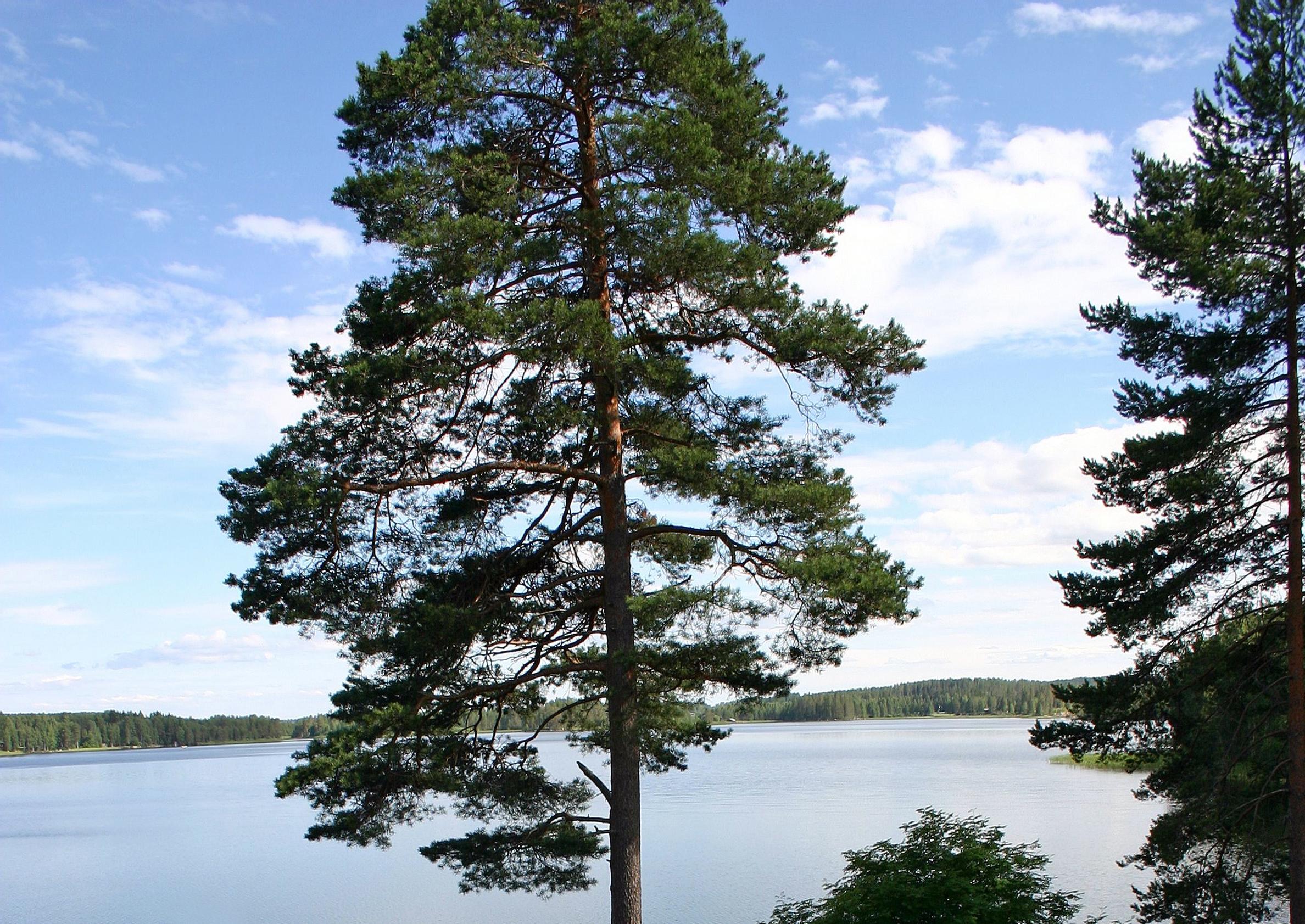
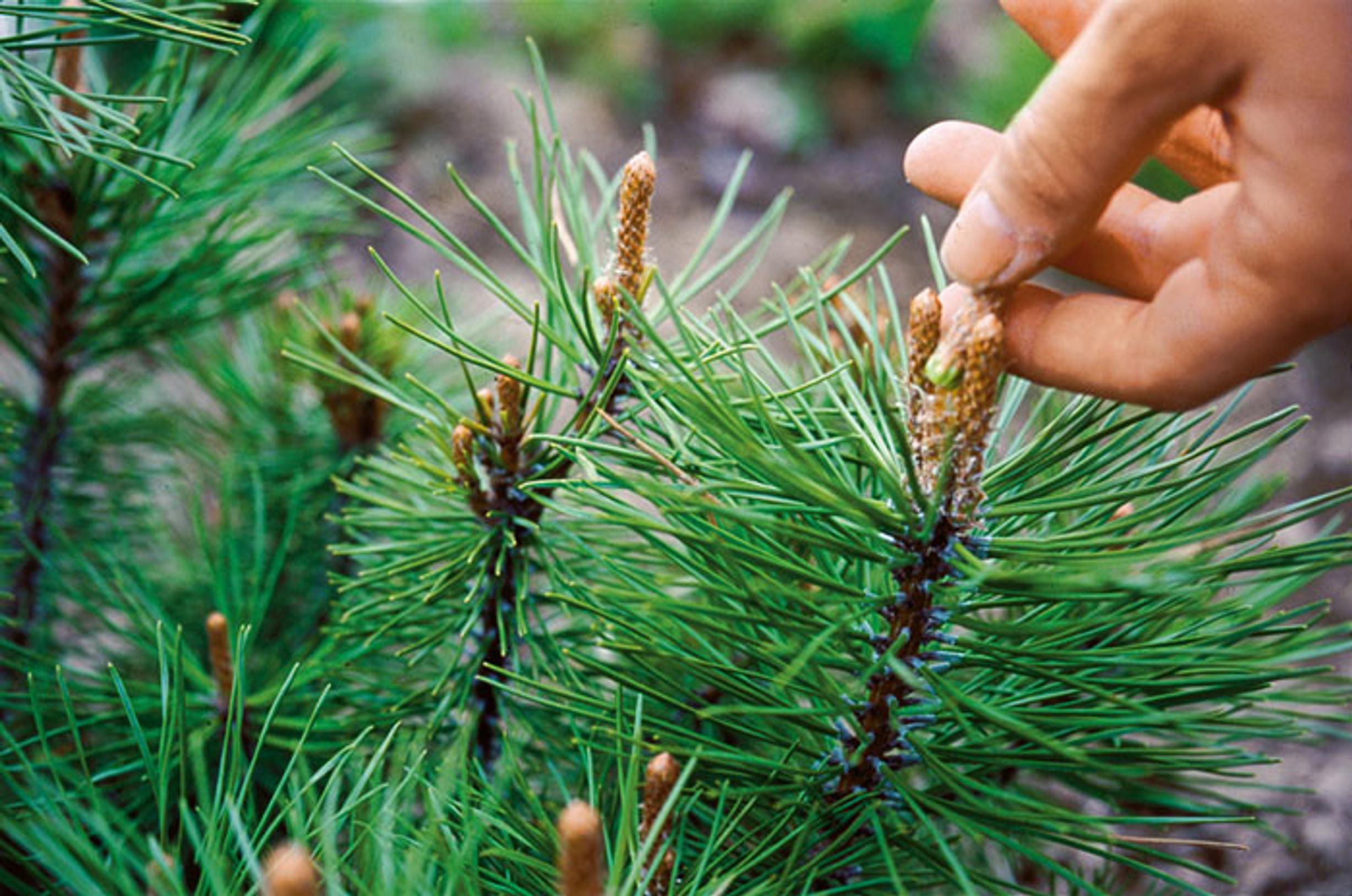
Planting a pine tree: grow your tree in a sunny spot
A pine tree requires plenty of sunlight. It will grow beautifully if planted in the brightest possible location. With its deep and expansive root system, a pine tree can grow in poor soil and withstand strong storms.
When it comes to obtaining nutrients and water, the pine tree relies on fungal networks with which it lives in symbiosis. A savvy home gardener mixes a bit of forest soil into the seed or planting substrate, giving the pine a strong start. In Finland, a forest pine can reach an age of around 250 years, and in the north, even 500–600 years.
Finland’s oldest pine is nearly 800 years old, a giant extending its majestic crown skyward in Urho Kekkonen National Park.
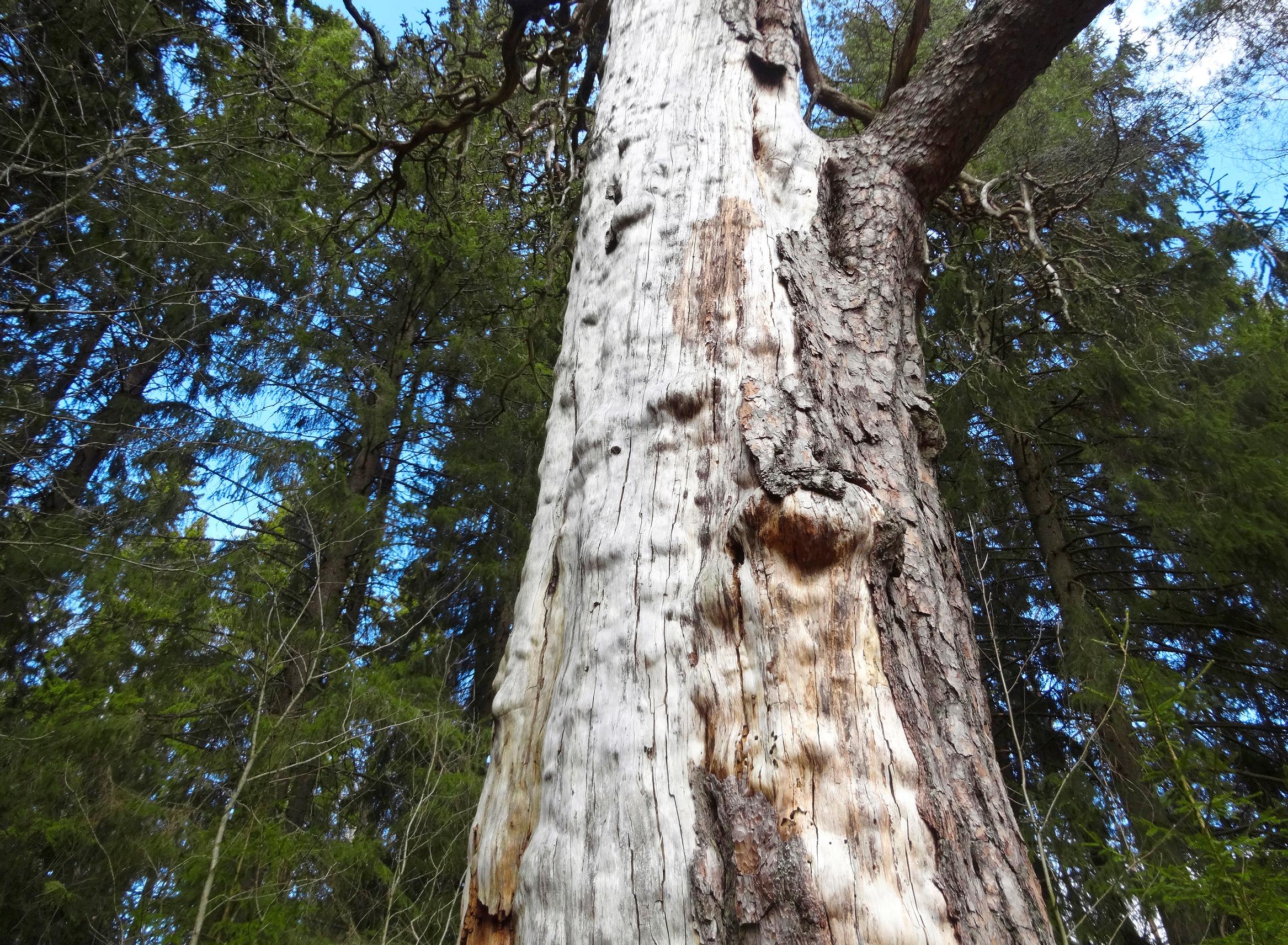
The pine’s significance in Finnish folklore
- The pine has historically been an extremely important wood source, and it is linked to much mythology: a karsikkopuu, or ‘tree of the departed,’ was usually a pine.
- In Western Finnish dialects, the name honka for pine refers to a very old, typically partly dried pine. The Eastern term petäjä is of Finno-Ugric origin.
- Aihki refers to extremely ancient pines that grow very slowly and have dense, plate-like bark, mostly seen in protected areas.
- Flour made from the cambium and inner bark—known as pettu—was the best-known emergency food that forest dwellers relied on as late as in the 1930s. Tar, in turn, has a long history in Finnish folk medicine. People believed that old pines with healing powers could help with something as painful as a toothache.
- The famous Timi pine in the village of Timinkylä was a tree to which those with toothaches turned. This pine giant is nearly 400 years old. Offerings of coins were placed in its crevices up until the 1930s.
- The famed Timi pine was also a ‘bear-skull pine.’ Hongotar or Hongatar is the name referring to a pine that serves as her home. She is recognized as the ancestress of the bear, the mightiest creature in the forest. Yet her role was much broader, as she is mentioned in old hunting incantations as the matron of the forest.
- Old pines are part of Finnish bear traditions. Once the forest’s most revered animal had been hunted, a feast was held in its honor. After the festivities, the skull was placed in a bear-skull pine so it would be nearer to its celestial domain.
